Warragamba Dam: $301.7m ‘e-flows’ upgrade to revive lower Hawkesbury-Nepean River
Sydney’s main supplier of drinking water is set for a whopping $301.7m investment to improve the health of the Hawkesbury-Nepean River. Read the full plans here.
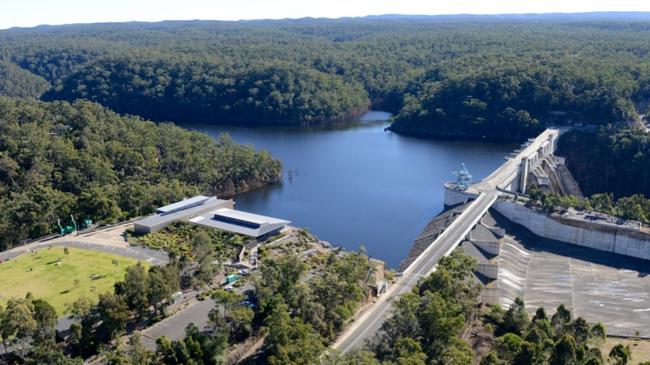
Macarthur
Don't miss out on the headlines from Macarthur. Followed categories will be added to My News.
Sydney’s main supplier of drinking water is set for a whopping $301.7m investment to improve the health of the Hawkesbury-Nepean River.
The plans for Warragamba Dam, which is responsible for ensuring water security for over five million people across Greater Sydney, will introduce controlled environmental water releases, or e-flows, allowing up to 3000 megalitres per day to be released from the dam’s total capacity of 2065 gigalitres into the river.
These flows will help restore natural river conditions downstream from Lake Burragorang, tackling issues such as toxic algal blooms, excessive aquatic weed growth, and increased salinity caused by decades of reduced water flow from the dam.
WaterNSW lodged proposal with the NSW planning department last year, and is preparing an environmental-impact statement (EIS) for the project.
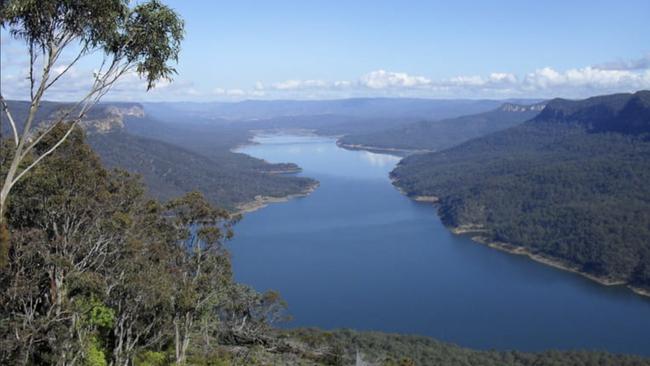
However, the project will not impact flood mitigation, as WaterNSW is not permitted under NSW’s regulatory framework to conduct any prereleases from the dam.
The dam’s gates are programmed to open automatically when it reaches full capacity, during which WaterNSW under strict operating rules is authorised to release water to lower storage levels by up to one metre to protect the dam’s infrastructure.
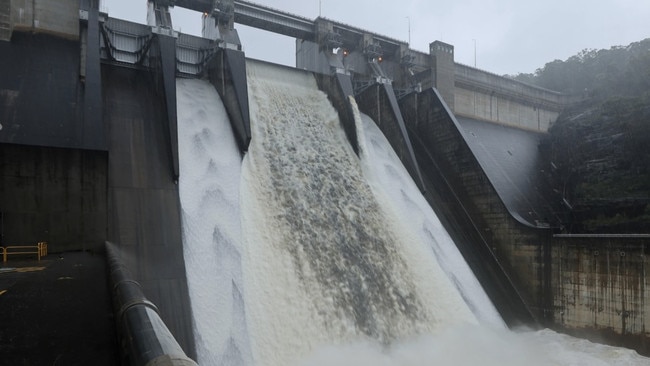
“Releasing volumes of water large enough to provide meaningful flood mitigation ahead of a forecasted flood could cause significant downstream flooding and damage in low-lying areas”, WaterNSW stated in their flood approach stance.
Pre-releases could also increase risk to life by shortening evacuation times and cutting off roads with released floodwaters.
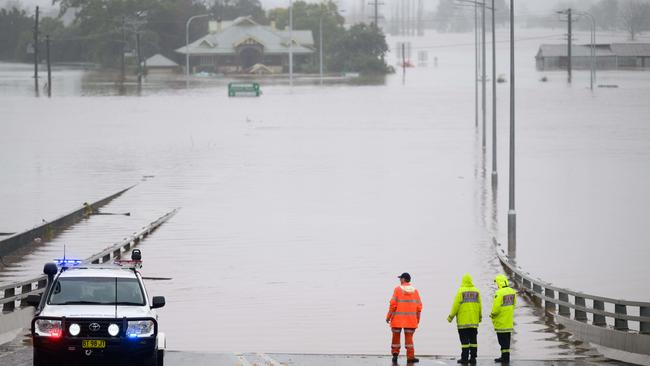
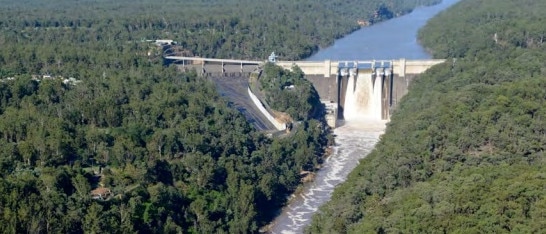
A Department of Planning and Environment (DPE) study in 2023 identified severe and immediate threats to aquatic ecosystems in the Nepean River while monitoring conditions since 2010, finding e-flows crucial to improving water quality.
The Hawkesbury-Nepean river is the largest river in the state spanning over 22,000 square kilometres, supporting a $259m agriculture industry, as well as fishing, mining and tourism industries.
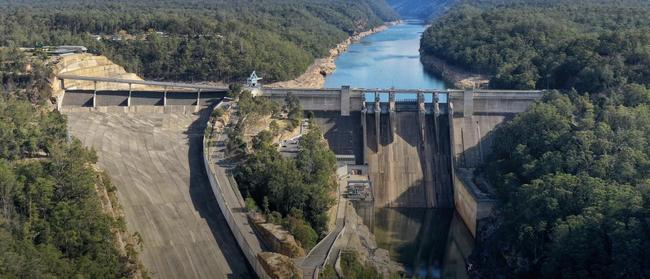
The massive construction works are estimated to create 125 construction jobs and would include 440 tonnes of piping and valves, 80 tonnes of reinforced steel and 1100m3 worth of concrete.
A key component of the project is the construction of a multi-level water intake tower to draw water from Lake Burragorang and new outlets in the dam’s outer wall for water to exit into Warragamba river.
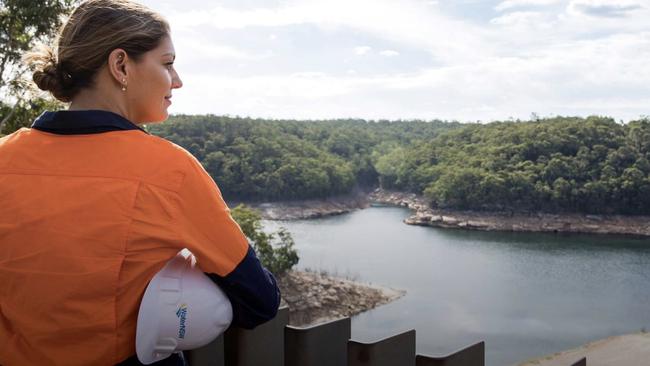
Other works include refurbishment of the Hydro Electric Power Station (HEPS) and modifications to an existing penstock pipe connecting to the HEPS to integrate the new infrastructure. These changes will enable not just the e-flow releases, but reducing costs of the overall project by reusing existing infrastructure.
As Sydney’s population continues to grow, the upgrades also play an important role in addressing increasing water demand.
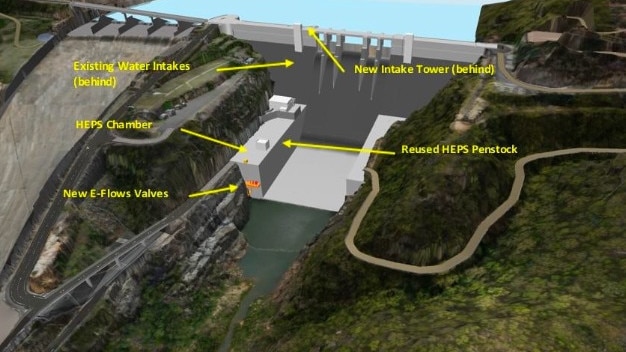
Two of the region’s major planned growth areas fall within the Warragamba Dam catchment, including developments near the Western Sydney Airport and the ‘Western Parkland City’ region — spanning Liverpool, Greater Penrith, and Campbelltown-Macarthur regions — which is projected to reach over 1.1 million residents by 2036.
“The need for active and ongoing management of the water environment is well recognised, especially as pressures continue and demands escalate with Sydney’s urban growth,” WaterNSW stated.
The NSW State Emergency Service (SES) has supported the project, noting that while e-flows should not be used during flooding conditions, an updated emergency plan for the dam should be provided as soon as possible.
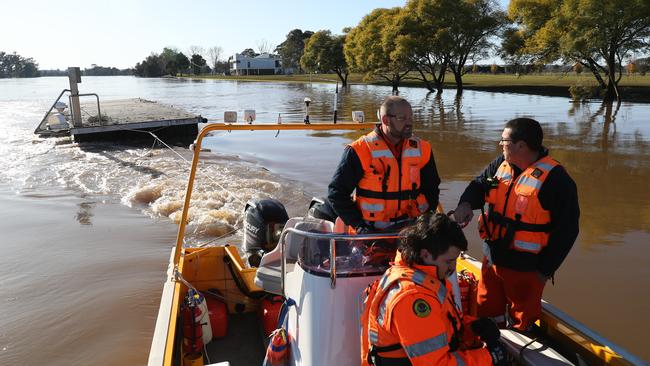
The SES also acknowledged the benefits of improved river health, stating that enhanced vegetation could enhance resilience to extreme weather events, including flooding.
“The proposal will provide additional flexibility in responding to environmental changes driven by climate change and will provide resilience in the water supply system,” an SES spokeswoman stated.


